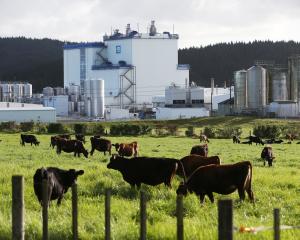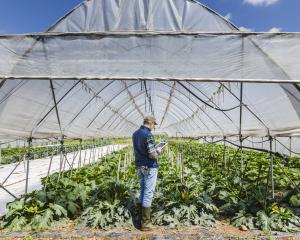
The work that goes into our food meeds to be acknowledged, Sean Connelly writes.
Labour is often forgotten about in discussions of sustainable food systems. Farming, food production and food service are all labour intensive and also among the lowest paid jobs in society.
How does a shift towards a more local and sustainable food system incorporate concern for food workers, both paid and unpaid, that produce the food we eat?Food sector employment is labour intensive.
Estimates by the USDA indicate that farm labour costs account for roughly 17% of farm costs.
For non-farm sectors of the food system, labour costs represent nearly half of all expenses.
Employment in the food sector is also growing rapidly. Since the global recession of 2007-2009, employment in the US food sector has grown at twice the rate of the national economy.
In New Zealand, jobs in the food service industry have grown at nearly three times the rate of the national economy since 2001.
These stats do not, of course, account for the unpaid labour involved in food production, such as the unpaid contributions of family members on farms, the volunteer labour in individual or community gardens and all the work that occurs in households on a daily basis to acquire and prepare meals.
The shift to more local food can support economic development by increasing regional food production and job creation.
An often cited study in Detroit found that shifting 20% of food spending towards the local food economy would result in half a billion dollars of new economic activity, 4700 new jobs and an additional 20 million in local taxes every year.
But often, what is left unstated is the quality of those jobs that are created. Are we certain that we are creating "good'' jobs?
The labour involved in making the food we eat, from farm work, food processing, distribution, retail and waste are not immediately apparent.
Whether we get a cauliflower at the supermarket, the farmers market or directly from a farmer, we can't necessarily see or taste the labour practices involved in producing that food.
Likewise, labour practices in the food industry are not immediately apparent: a hamburger made by someone on a zero-hour contract tastes and looks the same as one made by someone with better job security.
Food produced under good working conditions, where workers are fairly compensated, treated with respect and provided with support and benefits presumably tastes the same and has similar nutritional content as food produced by workers that are less valued.
So how do we acknowledge and value the labour involved in food?
The first step is to explicitly acknowledge the work that goes into making the food we eat by incorporating labour conditions into strategies for more sustainable food systems.
For example, the Los Angeles Food Policy Council included a "Valued Workforce'' as one of their five pillars of a good food strategy (alongside local economies, environmental sustainability, animal welfare and nutrition) to ensure that food workers across the food chain from production to consumption experience safe and healthy working conditions with fair compensation.
At an individual level, it requires us to not just be conscious consumers, but to get actively engaged in labour issues more broadly, such as living wage campaigns.
A more sustainable food system requires that we not only value food, but also the labour that goes into producing it.
• Sean Connelly is a lecturer in the department of geography, University of Otago.












